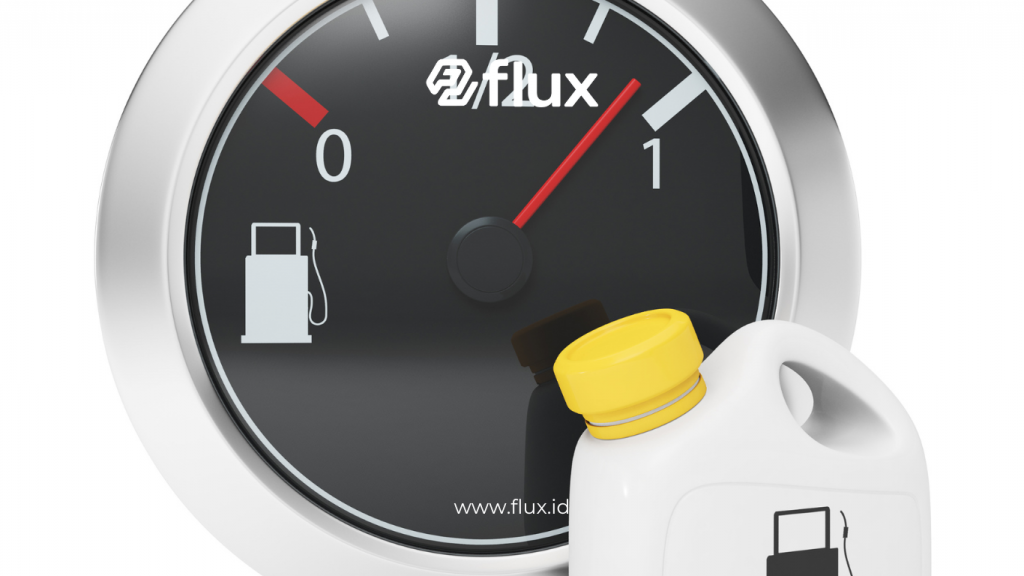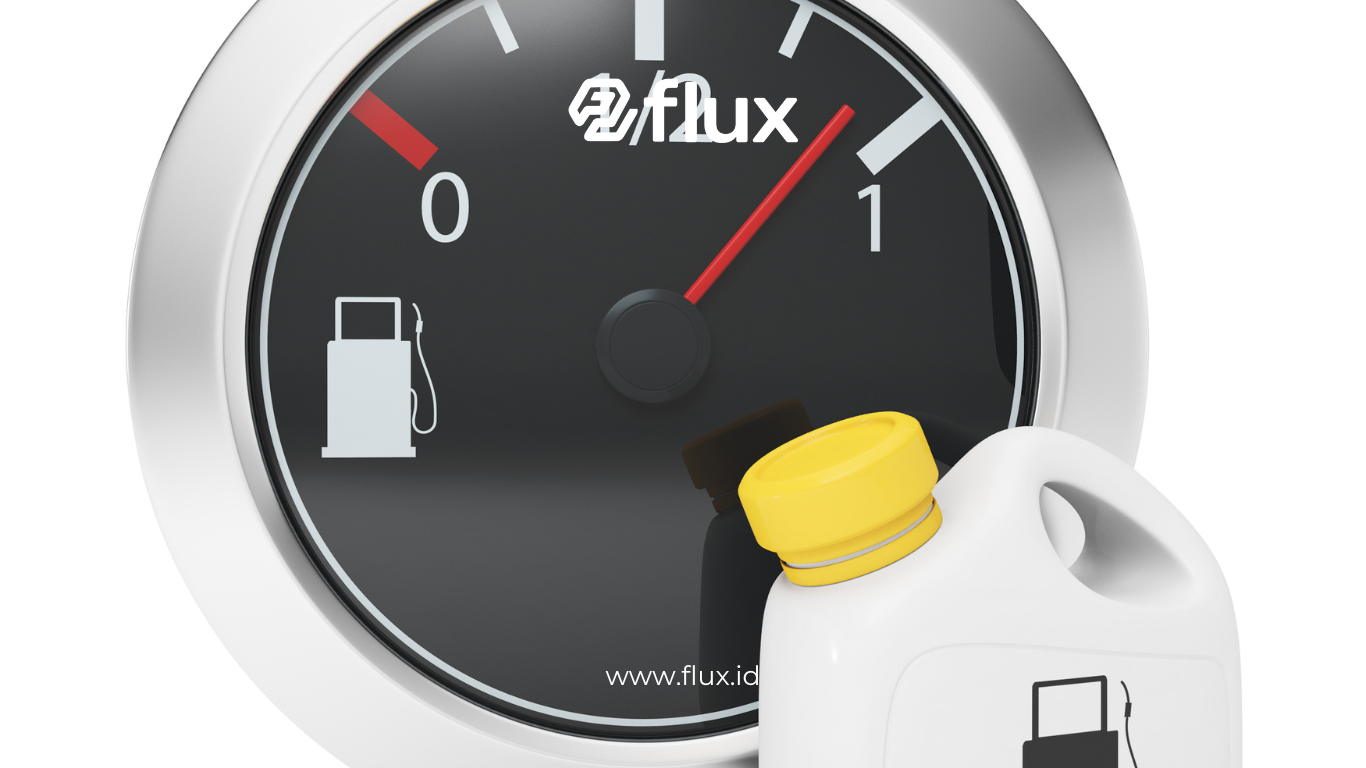Don't miss our holiday offer - 20% OFF!
In the modern world, the importance of maintaining fuel quality cannot be overlooked. With the increasing demand for efficient and clean fuel, advanced technologies have been developed to monitor and ensure the quality of fuel stored in tanks. One such innovation is the fuel quality sensor. This article will reveal the working principles, the latest technology used, and the significant benefits they offer in maintaining fuel standards and safety.
Contents
Introduction to Fuel Quality Sensors
Fuel quality sensors are sophisticated devices designed to monitor various parameters of fuel, such as composition, temperature, and contamination levels. These sensors play a crucial role in ensuring that the fuel meets the required standards for optimal engine performance and environmental compliance.

The Importance of Monitoring Fuel Quality

Maintaining high fuel quality is essential for several reasons:
- Engine Performance: High-quality fuel ensures optimal and efficient engine performance.
- Safety: Reduces the risk of engine failure and fires caused by contaminated or poor-quality fuel.
- Environmental Compliance: Helps in adhering to strict emission regulations and reduces the environmental impact of fuel combustion.
- Operational Costs: Lowers maintenance and repair costs by using clean and high-quality fuel.
How Fuel Quality Sensors Work

Read More : How Fuel Quality Sensors Work: Advanced Technology for Monitoring and Maintaining Fuel Standards in Tanks
These sensors operate based on several fundamental principles:
- Contamination Detection: Using optical and electrochemical technology to detect contaminant particles in the fuel.
- Composition Analysis: Measuring the proportions of various components in the fuel, such as hydrocarbons, water, and other additives.
- Temperature Monitoring: Ensuring the fuel is within the optimal temperature range to prevent degradation.
- Pressure Measurement: Ensuring the pressure within the fuel tank remains stable to prevent leaks or system failures.
Latest Technology in Fuel Quality Sensors

Read More : Revitalizing City Infrastructure with IoT Sensors
The latest technologies used in these sensors include:
- Optical Sensors: Using light to detect particles and contaminants in the fuel.
- Electrochemical Sensors: Using chemical reactions to identify and measure fuel components.
- Capacitive Sensors: Measuring changes in capacitance to detect contamination and changes in fuel composition.
- Internet of Things (IoT): Connecting sensors to networks for real-time monitoring and better data analysis.
Benefits of Using Fuel Quality Sensors

Read More : How Fire and Gas Sensors Work: Ensuring Smart City Safety with Advanced Technology
The use of these sensors offers various benefits, including:
- Enhanced Engine Performance: Ensuring engines operate at maximum efficiency with high-quality fuel.
- Improved Safety: Reducing the risk of engine failure and fires by detecting contamination and fuel quality issues.
- Cost Savings: Lowering maintenance and repair costs by using clean and high-quality fuel.
- Regulatory Compliance: Helping to meet strict emission standards and environmental regulations.
- Real-Time Monitoring: Providing immediate data on fuel conditions, allowing for quick responses to emerging issues.
Implementation and Challenges

Read More : IoT Sensors for Fuel Tank Monitoring: A Smart Solution for Managing Fuel Quality and Quantity
Implementing these sensors in tank monitoring systems requires careful planning and execution. Some challenges that may be encountered include:
- Initial Costs: The initial investment for installing sensors and supporting infrastructure can be quite high.
- Maintenance: Sensors require regular maintenance to ensure accuracy and reliability.
- System Integration: Integrating sensors with existing monitoring systems can be a technical challenge.
However, the long-term benefits of using these sensors often outweigh the initial challenges.
Conclusion
Fuel quality sensors are a crucial innovation in the fuel industry that helps ensure the quality and safety of fuel stored in tanks. With the latest technology, these sensors can detect contamination, analyze composition, and monitor fuel conditions in real-time. Although there are challenges in their implementation, the benefits they offer in enhancing engine performance, reducing risks, and complying with environmental regulations are invaluable. As technology continues to evolve, the role of these sensors will become increasingly important in maintaining fuel standards and safety in the future.





